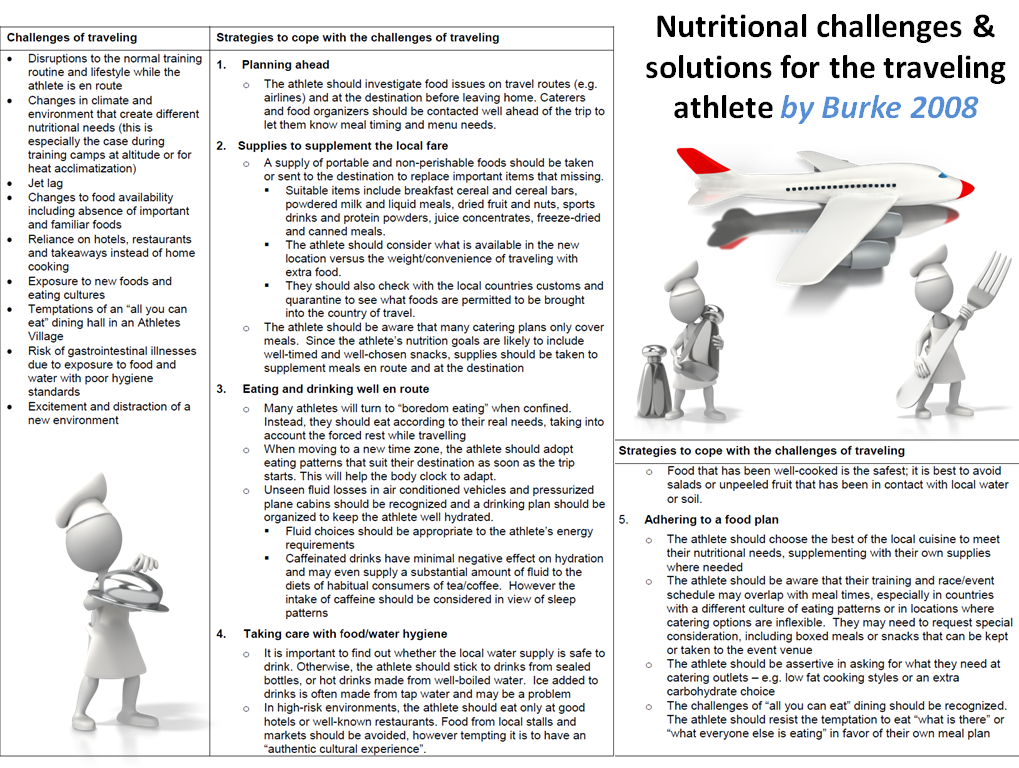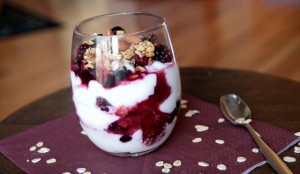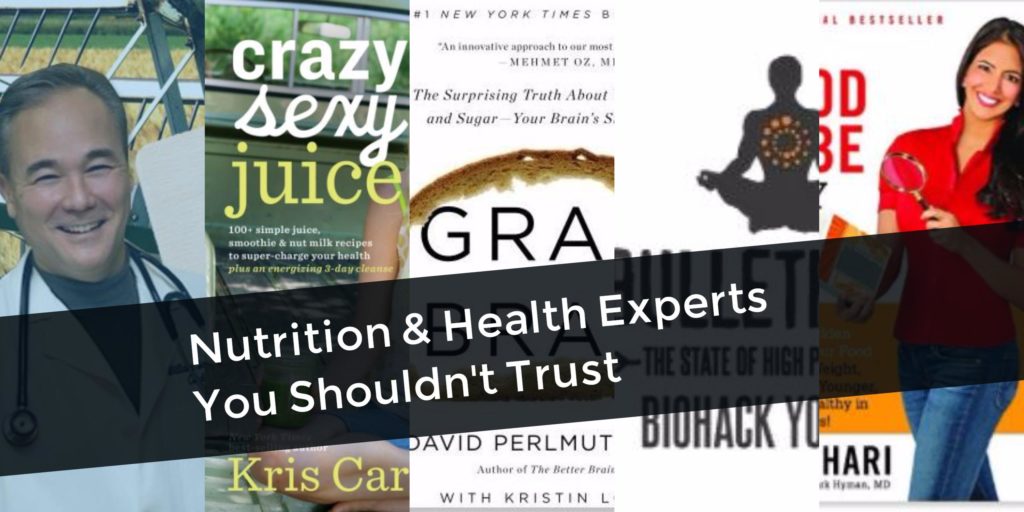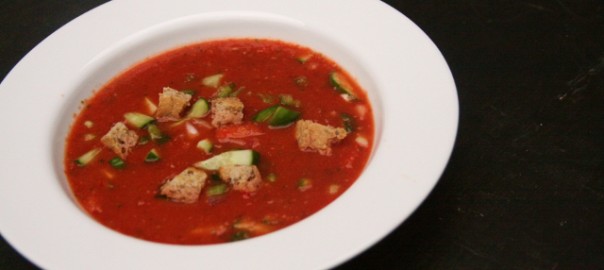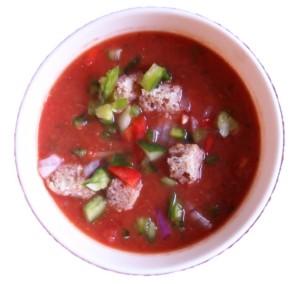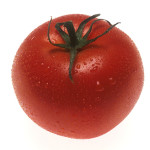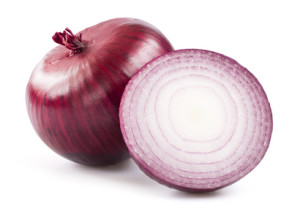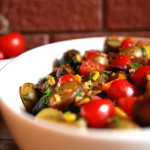This week, read about surprising fitness levels in former student athletes, heart-healthy almonds, what dancers can teach us about ACL injury prevention, summer grilling, proper push-ups, buttered coffee, and more.
 Can Student Athletes Maintain their Fitness After College?
Can Student Athletes Maintain their Fitness After College?
Although the fitness levels of collegiate athletes are excellent, it seems that after college they have a hard time figuring out how to make exercise part of their everyday life. Researchers from the University of Southern California (USC) found that only 40% of former USC athletes met the ACSM recommendations for physical activity (similar to their non-athlete peers). The researchers have helped build a comprehensive student-athlete program to help these students maintain fitness and health habits after college.
(Sports Health: A Multidisciplinary Approach, May 2014)
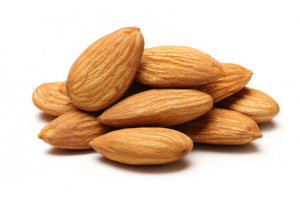 Almonds Might Reduce Heart Disease Risk.
Almonds Might Reduce Heart Disease Risk.
Many studies have revealed that nuts have a good number of health benefits, which might be attributed to the healthy fats, fiber, vitamin E, minerals like potassium and magnesium, or other protective compounds in nuts. A study by Researchers at Aston University in Birmingham, UK looked at how almonds might benefit the heart. They asked a group of men to eat 50 g almonds/day (that’s about 40 almonds). After 1 month of almond snacks, the almond eaters had improved blood flow, higher levels of antioxidants, and lower blood pressure than before they began eating almonds. (A control group that didn’t add almonds to their diet showed no such changes). (Free Radical Research, May 2014).
Like other nuts, almonds are high in calories (50 grams of almonds have about 290 calories), but that might not be a great concern for those who don’t need the extra calories: another just-published study showed that eating almonds as snacks for 1 month suppressed hunger and desire to eat sensations and didn’t affect body weight. (European Journal of Clinical Nutrition, June 2014).
Land Like a Dancer – Prevent Injuries?
Dancers have much lower rates of ACL injuries than athletes despite the multiple jumps in their daily training. Researchers from NYU examined the differences in landing for athletes and dancers: dancers have been taught landing skills at a young age, which often isn’t the case for athletes. Fascinating video, and good interpretation by Tony Ingraham. (NYU Langone Medical Center, Tony Ingraham, Bboy Science).
https://www.youtube.com/watch?v=jYqraOwbOLE
What Are You Grilling this Summer?
It’s grilling season, and greenhouse gases aren’t usually on people’s mind when purchasing what to throw on the grill. But more environmentally conscious choices, at least some of the time, could make a big difference . . .
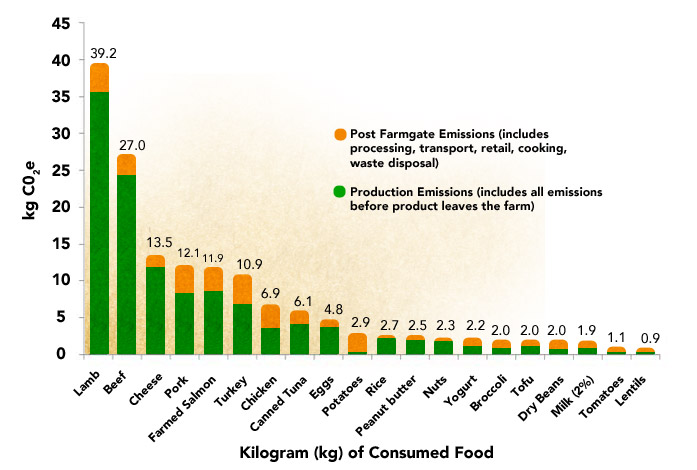
With July 4th weekend approaching, this article in The Atlantic reviews the Environmental Working Group’s Meat Eater’s Report. I think this quote by the Environmental Working Group’s Scott Faber is worth reprinting:
“If every American stopped eating beef tomorrow—which I don’t expect—and started eating chicken instead, that would be the equivalent of taking 26 million cars off the road.”
 Push-Ups 101.
Push-Ups 101.
The push-up is one of the best strength exercises around. Read this article by my XC Ottawa teammate Kyla to learn how to do them properly and integrate variations into your strength routine.
 Healthy or Hype? Buttered/Bulletproof Coffee
Healthy or Hype? Buttered/Bulletproof Coffee
People are adding gobs of butter and oil to their coffee for better health. I examine if there’s any evidence to support this trend in this article.
Seasonal Recipe – Summer Gazpacho.
This is a cool, refreshing, and nutritious soup full of summer vegetables, just perfect for those hot days.
Other links of interest this week:
- It’s not too late: Adopting healthy habits in your 30s & 40s can slash heart disease risk http://goo.gl/1wREzN
- Careful with NSAIDs: Ibuprofen might blunt adaptations to strength training http://goo.gl/Iaj0mA via @drseanmullen
- Study shows women marathoners are much better at pacing themselves than men http://goo.gl/9Hm7rH
- Is saturated fat good? Excellent review of Nina Teicholz’s “The Big Fat Surprise” http://goo.gl/tG42Bx via @nutsci
- Caffeine powder supplement extremely potent-causes teen death http://goo.gl/sJB7Pr
- Your doctor says he doesn’t know enough about nutrition or exercise http://goo.gl/roNK4u
- 5 Reasons to Drink Coffee Before Your Workout http://goo.gl/RgBzdF
- Clues to why intense exercise benefits your body & muscles http://goo.gl/VefRW3
- Performance can be impaired by travel fatigue. Find here some practical nutritional solutions for your athletes pic.twitter.com/SGXNnXgs05
NCAA Track Photo by Phil Roeder
